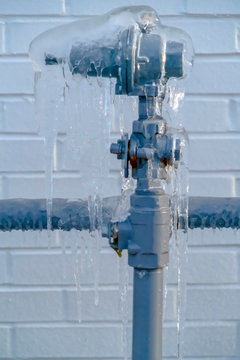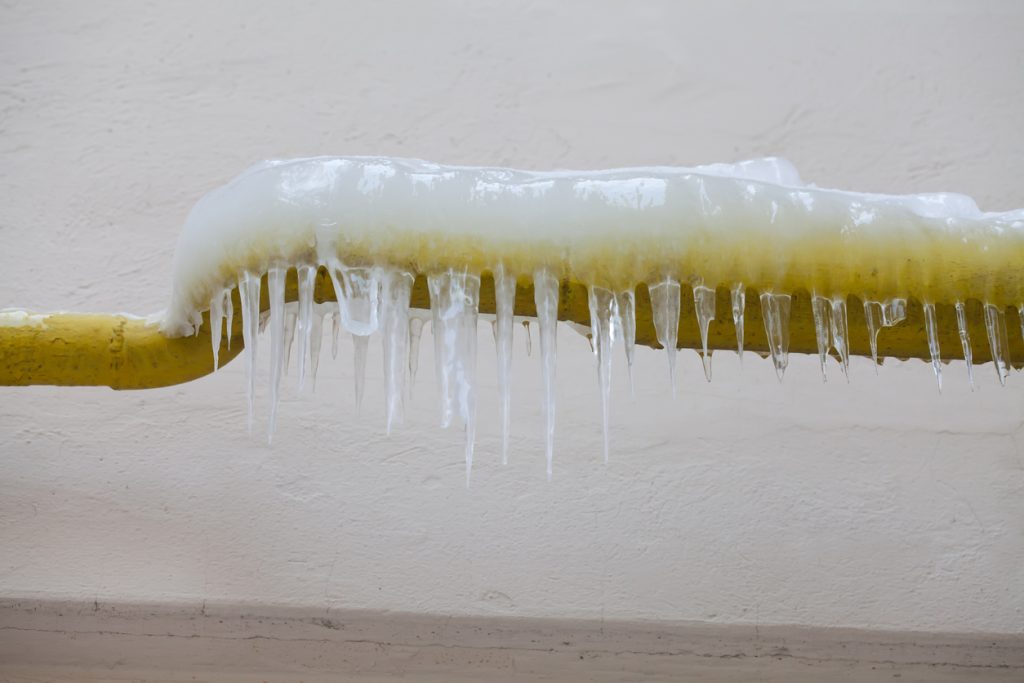How to Protect Your Plumbing from Freezing: Critical Strategies
How to Protect Your Plumbing from Freezing: Critical Strategies
Blog Article
Just how do you feel on the subject of Prevent Frozen Pipes ?

Winter can damage your pipes, particularly by freezing pipes. Below's how to prevent it from occurring and what to do if it does.
Intro
As temperature levels decline, the risk of frozen pipes boosts, potentially bring about costly repair work and water damages. Understanding how to avoid icy pipelines is important for house owners in chilly climates.
Prevention Tips
Shielding at risk pipelines
Cover pipes in insulation sleeves or make use of heat tape to secure them from freezing temperature levels. Concentrate on pipes in unheated or external locations of the home.
Home heating techniques
Maintain indoor spaces adequately heated, specifically locations with plumbing. Open cabinet doors to enable warm air to flow around pipes under sinks.
Exactly how to recognize icy pipelines
Search for decreased water circulation from faucets, uncommon smells or noises from pipes, and visible frost on subjected pipelines.
Long-Term Solutions
Architectural adjustments
Consider rerouting pipes away from exterior walls or unheated areas. Add extra insulation to attics, basements, and crawl spaces.
Upgrading insulation
Buy premium insulation for pipes, attics, and wall surfaces. Correct insulation assists preserve consistent temperature levels and decreases the risk of frozen pipes.
Securing Exterior Pipes
Yard hose pipes and exterior taps
Disconnect and drain garden pipes prior to winter months. Mount frost-proof faucets or cover outside taps with protected caps.
Comprehending Icy Pipelines
What causes pipes to ice up?
Pipelines ice up when subjected to temperatures listed below 32 ° F (0 ° C) for expanded durations. As water inside the pipes ices up, it increases, putting pressure on the pipeline walls and potentially causing them to break.
Dangers and problems
Frozen pipes can bring about water system disruptions, residential or commercial property damage, and costly repair services. Ruptured pipes can flood homes and cause extensive architectural damages.
Indications of Frozen Pipeline
Identifying icy pipelines early can avoid them from bursting.
What to Do If Your Pipelines Freeze
Immediate actions to take
If you suspect icy pipes, maintain faucets open to soothe pressure as the ice thaws. Utilize a hairdryer or towels soaked in hot water to thaw pipes slowly.
Conclusion
Protecting against icy pipes calls for proactive actions and fast feedbacks. By comprehending the causes, signs, and safety nets, house owners can safeguard their pipes during winter.
6 Proven Ways to Prevent Frozen Pipes and Protect Your Home
Disconnect and Drain Garden Hoses
Before winter arrives, start by disconnecting your garden hoses and draining any remaining water. Close the shut-off valves that supply outdoor hose bibs and leave the outdoor faucet open to allow any residual water to drain. For extra protection, consider using faucet covers throughout the colder months. It’s also important to drain water from any sprinkler supply lines following the manufacturer’s directions.
Insulate Exposed Pipes
Insulating your pipes is an effective way to prevent freezing. Pipe insulation is readily available at home improvement stores and is relatively inexpensive. Pay close attention to pipes in unheated areas such as the attic, basement, crawl spaces, or garage. Apply foam insulation generously to create a buffer against the cold. You can also wrap your pipes in heat tape or thermostat-controlled heat cables for added warmth.
Seal Air Leaks
Inspect your home for any cracks or openings that could let in cold air. Seal any holes around the piping in interior or exterior walls, as well as the sill plates where your home rests on its foundation. Additionally, make sure to keep your garage door closed unless you’re entering or exiting. Leaving it open creates a significant air leak that can lead to frozen pipes.
Allow Warm Air Circulation
During cold snaps, it’s essential to allow warm air to circulate evenly throughout your home. Leave interior doors ajar to promote better airflow. Open kitchen and bathroom cabinets to help distribute heat consistently around the rooms. If you have small children or pets, be sure to remove any household chemicals or potentially harmful cleaners from open cabinets for safety.
Let Faucets Drip
A small trickle of water can make a big difference in preventing ice formation inside your pipes. When temperatures drop significantly, start a drip of water from all faucets served by exposed pipes. This continuous flow helps prevent the water from freezing. Additionally, running a few faucets slightly can relieve pressure inside the pipes, reducing the chances of a rupture if the water inside does freeze.
https://choateshvac.com/6-proven-ways-to-prevent-frozen-pipes-and-protect-your-home/

Hopefully you enjoyed reading our part about Helpful Tips to Prevent Frozen Pipes this Winter. Thanks so much for taking a few minutes to read our piece of content. Sharing is caring. You never know, you will be doing someone a favor. Many thanks for going through it.
Check It Out Report this page